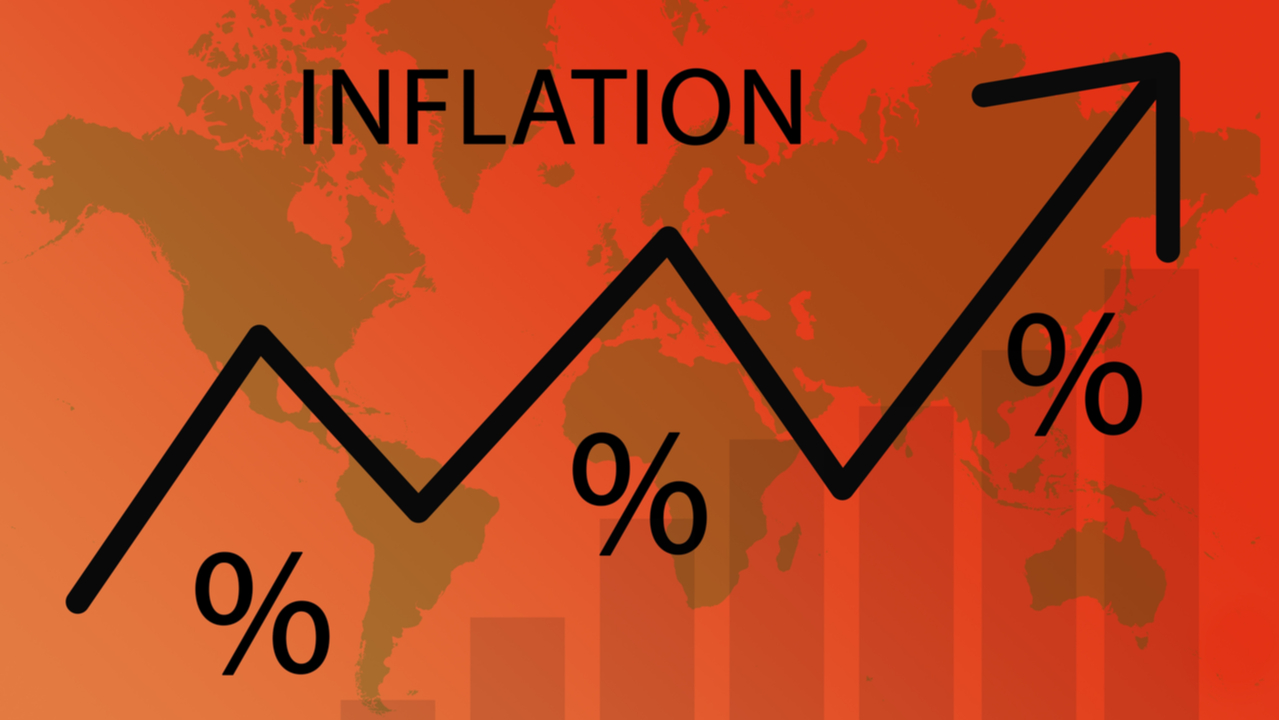
WISDOMTREE- Weekly commentary from Professor Jeremy J. Siegel (12/05/2022) :
We had a slew of economic data releases and another Jerome Powell speech that drove the markets last week—let’s dig into my interpretation of the data and what it means for Powell and the Fed.
The initial headlines from the nonfarm payrolls release at +263,000 was ‘jobs run hot’ and ahead of expectations. But the details were nowhere near as hot of a report as that first headline print.
First, the Household survey (different from Establishment survey on nonfarm payrolls) showed a drop in 138,00 workers. But secondly, many always ignore the hours worked component of the Establishment report. It is not just how many workers have jobs but how many hours they are working! And the tick down in hours worked in number of workers equivalent offsets the ‘beat’ in headline jobs print to rather be a ‘miss.’ It was not a weak jobs report by any means, but not an overly hot report either.
Headlines also focused on the wage beat, which came in at +0.6% month over month when expected at 0.3%. Here I want to be very clear how the Fed looking at wages is pursuing a very misguided and upsetting policy.
Year-over-year wages are up 5%. That is still less than inflation and wage earners would like to catch up to inflation. Why works should be rightfully upset: the Fed created the inflation we all face and now the Fed is saying to workers: we need to tighten policy so you cannot catch up. Workers should be very upset with the Fed.
Every other economic report this week was weak—with the ISM Manufacturing Index declining. The Chicago PMI was among the weakest in history and other readings indicated we are in a recession or close to one.
All the data confirms my belief that inflation is mostly behind us. Yes, wages will catch up to inflation. But we should let them.
One thing I have been pointing out is how productivity has been particularly disappointing in 2022—with over 4 million workers hired but very sluggish and declining GDP growth in the first half and maybe 1% real GDP for all of 2022. This year we hired a lot of workers, but they didn’t add much to GDP. What are all those workers doing working from home is a theme of 2022.
Next year I can see a scenario where employment declines, but productivity returns with layoffs of less productive talent and GDP holds up better than feared. Higher productivity also benefits prices and helps cool inflation pressures with companies adding output but less costs—preserving margins and earnings.
The equity market’s strong gains on Wednesday came from Powell’s speech that locked the Fed into doing a 50 basis point hike in December. There was some equivocating between 75 basis points and 50 and the markets rightly cheered a step down in rate hikes. Yes, they are still tightening here and the narrative currently is they have to keep going and then keep these rates elevated for a long time. But the step down in hiking pace gives an indication Powell might be starting to get what is happening in the real world.
To me, there is a good chance a February hike of 25 basis points is the last hike in this cycle. The 50 basis points that I see in December should be the last hike, and the question will be are there going to be enough data released between now and February that convince the Fed to pause and see the cumulative impact of their tightening. There just might be—but we shall see.
The Fed is data dependent—do not trust their current tough talk. I am making a rather bold and out of consensus call: there is a chance the Fed Funds Rate ends 2023 with a 2-handle and rate cuts can begin far sooner than anyone believes possible. This would count as a major and positive surprise for all markets—stocks and bonds. Let’s see how soon the Fed realizes this is what they should do.
